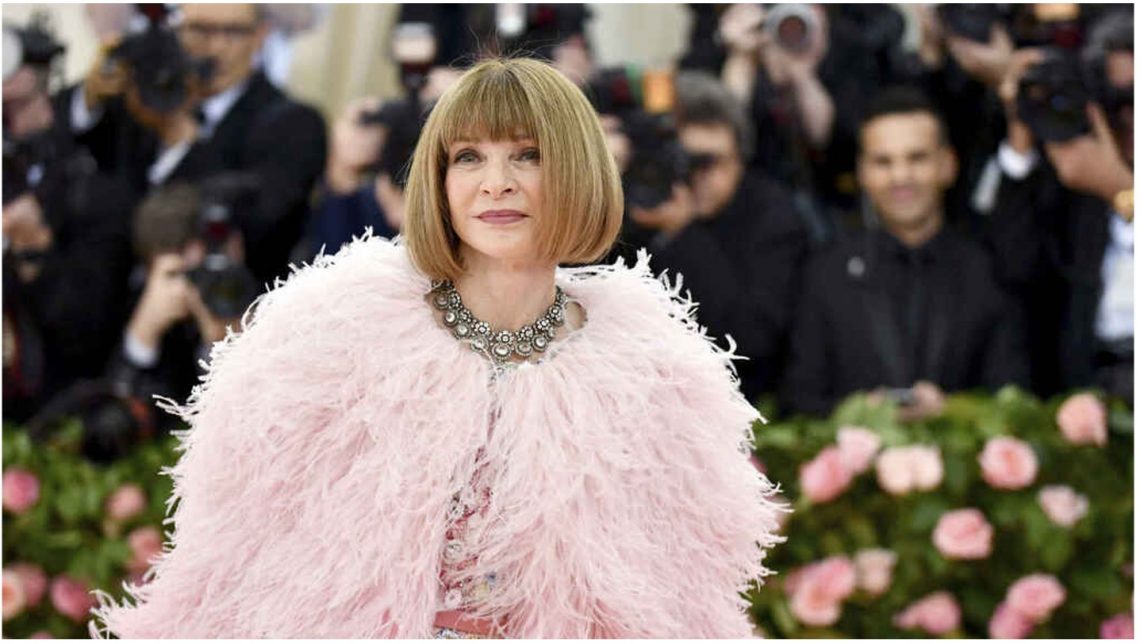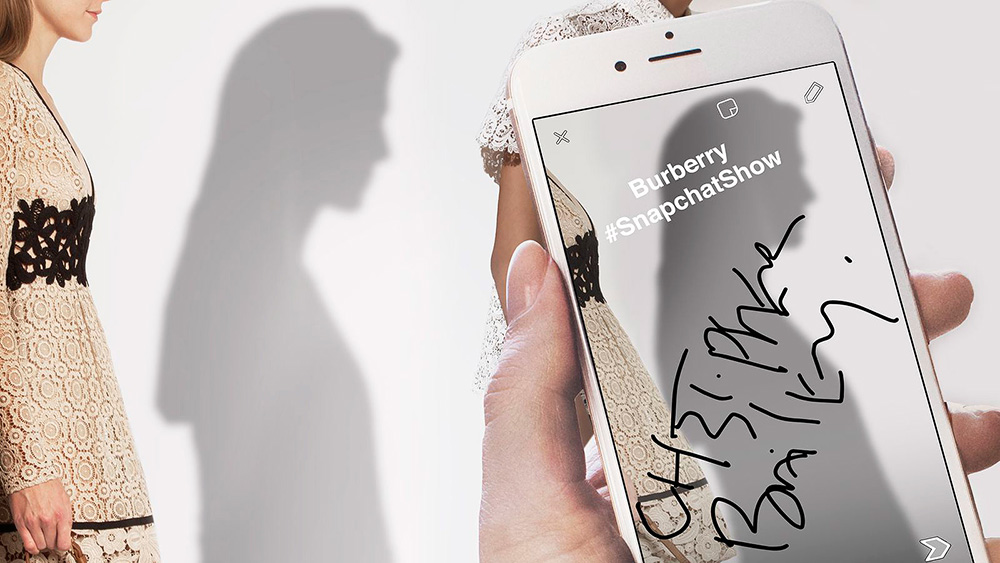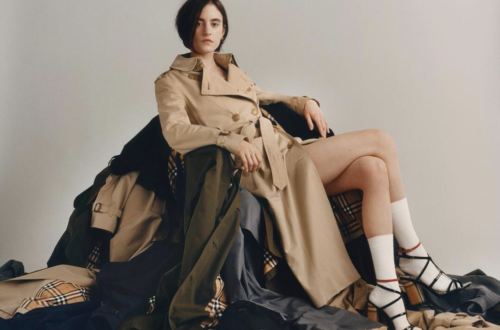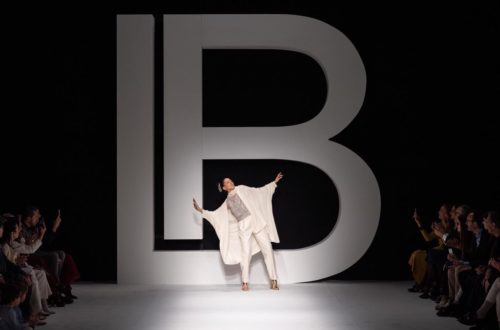The Met Gala is undoubtedly the equivalent of the Oscars or the Olympics of the fashion world. On the first Monday of May, the world’s hottest celebrities convene to the Metropolitan Museum of Art for a fundraising gala to celebrate the opening-night of the Costume Institute’s exhibition. This year, however, the event was postponed to September due to the Covid-19 pandemic. Each Met Gala is characterised by a theme for the museum exhibition, which is also applied as dress code for the party – this year, the theme was “American Independence”.
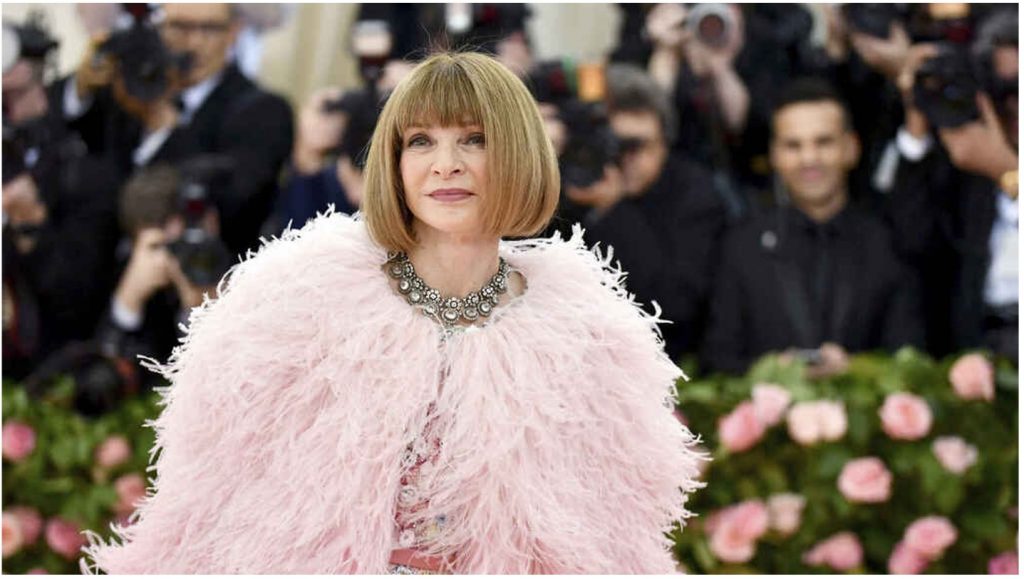
Vogue’s historical link with the Met Gala originates from Anna Wintour’s predecessor, Diana Vreeland – who became a consultant for the Costume Institute after her departure from the magazine in 1972. Vreeland had the unique idea of inviting to the event celebrities outside of the fashion industry, in order to help raise its profile. However, it is Anna Wintour, Artistic Director of Condé Nast and Editor in Chief of Vogue, who is primarily responsible for transforming the Gala into the internationally recognised, iconic red-carpet event that it is today. Since becoming co-chair in 1995, Wintour has raised almost 175 million dollars for the Costume Institute. Compared to 1960, when tickets’ price amounted to 100 dollars, today entrances are worth up to 30,000 dollars: Wintour sought to raise the profile of the event by tightly monitoring the guest list and raising ticket prices. Her guest list included the greatest, awe-inspiring celebrity figures from all spheres of life – for instance, Wintour invited the first member of the British royal family to attend the Met Gala, Princess Diana, in 1996.
Fashion on the Met Gala red carpet is in huge contrast to what is traditionally seen throughout awards season, where celebrities largely “play it safe” so as not to be mocked by malicious social media critics. The Met is a true showcase of fashion in its artistic form: celebrities are encouraged to push the boundaries, be bold and fearless in their fashion choices. Some of the most iconic outfits include Rihanna’s “omelette dress” in 2015 and, more recently, Lady Gaga’s dramatic three-time outfit change red carpet entrance. The challenge for designers is to remain on the theme while still trying to retain the respective fashion house’s aesthetic and integrity.

Although celebrities receive invites directly from Wintour, it is very common for a brand to host them and buy tables for the event costing up to 300,000 dollars. Brands are willing to spend such eye-watering figures because they cannot afford to be missing on what is arguably the biggest annual stage in fashion.
Part of the fascination behind the Met Gala stems from its exclusivity. The event was televised for the first-time last year, but cameras were forbidden to go beyond the red carpet. In addition, the Met asks the guests to refrain from taking photographs inside the event. It is precisely the enigma of this exclusive affair that intrigues so many outsiders and is part of the reason why so many consumers are so enthralled by this event.
It is not just fashion brands that want to take advantage of the vast audience that the Met Gala draws in, but also firms firmly extraneous to the fashion industry, such as technology companies. Indeed, Apple’s previous sponsorship of the event, which at first glance appeared to be an incompatible match, demonstrated a wider spectrum of affiliation between the design and fashion industries. For example, this year, the corporate sponsor was Instagram: the latter was seeking to strengthen its reputation within the art and museum spheres, as it is increasingly being utilised as a research tool for art-buyers.
The Met Gala is undoubtedly the greatest couture show on earth – a true celebration of the history of fashion. Beyond this, it is also a powerful metric which can be used to predict the direction of fashion in the future. For example, in 2015 the theme “China Through the Looking Glass” was an ode to the country and its rising influence on the fashion world. The event drew attention onto China’s previously uncovered luxury retail market and acted as a catalyst for its extraordinary growth in recent years.
By Camilla Groeller

